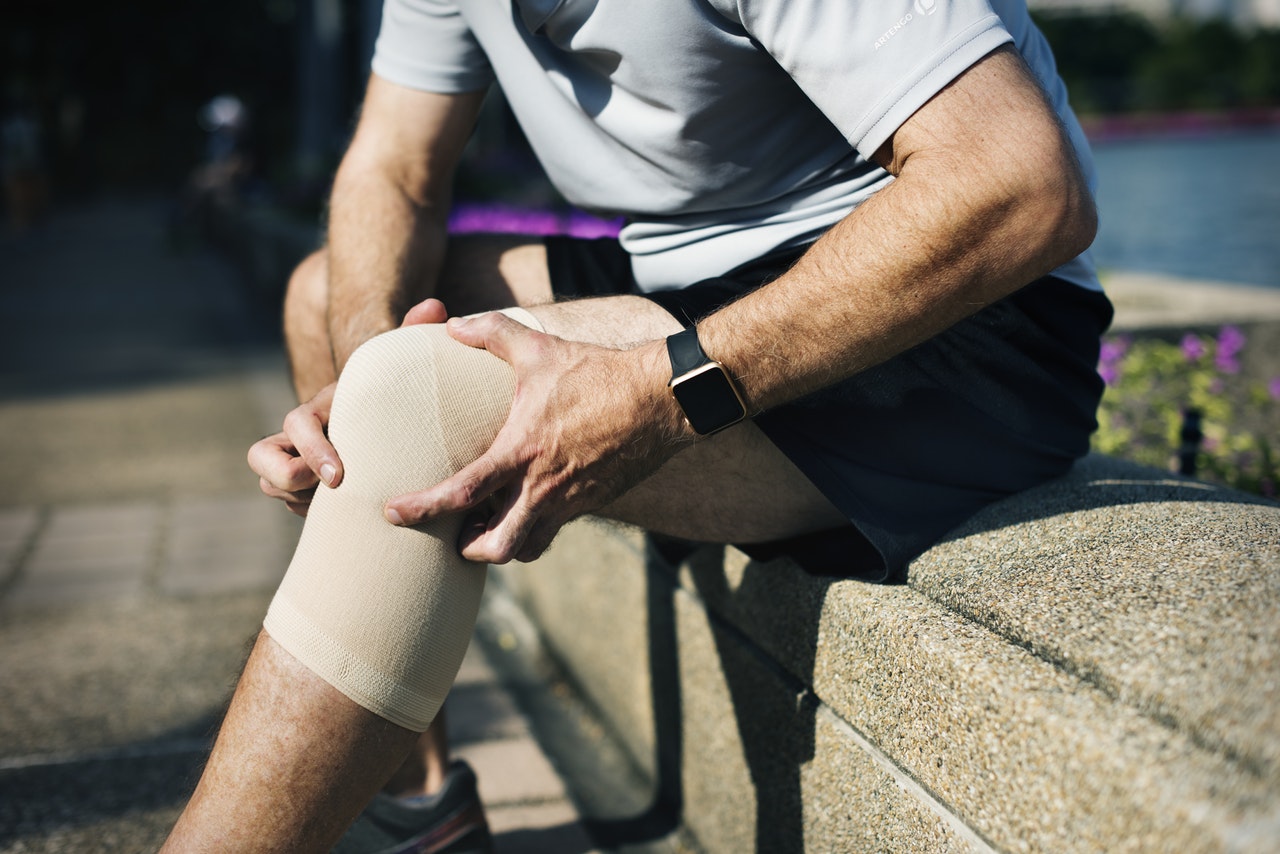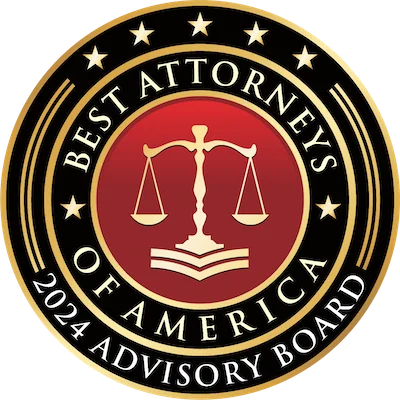Slip and fall claims relate to injuries suffered as a result of slipping (or tripping) on someone else’s property. Such accidents are common, second only to car crashes in terms of emergency room visits. American hospital ERs treat about 1 million slip and fall cases each year.
The conditions resulting in slip and fall accidents are numerous and familiar: spills, broken floor tiles, cracked pavement, uneven stairs, holes in carpets, debris, and so on. The injuries suffered range from the very benign, such as mild abrasions, through broken bones, ankle and wrist sprains, torn ligaments and tendons, concussions, all the way to life-threatening or disabling brain and spinal cord trauma.
It’s nearly impossible to know how many slip and fall claims are brought to personal injury lawyers since the vast majority (perhaps 95%) are settled before coming to court. Understanding the factors that shape verdicts is nevertheless essential to any injured person thinking of making a claim.
THE LEGAL ESSENTIALS
The basis of a slip and fall claim, as with any personal injury claim, is negligence of the property owner. A plaintiff’s case is strong to the degree that the evidence supports his or her claims of negligence, defined as the failure to act as would a reasonably prudent person have under circumstances similar to those preceding the accident. A slip and fall victim seeking damages must show that negligence of the property owner(or agents/employees of the owner) caused or failed to prevent the accident.
A plaintiff seeks, first, to prove one of two things: that the property owner should have recognized a condition that any reasonable person would identify as dangerous, and had adequate opportunity to correct it, or, that the property owner actually caused the hazardous condition, one any reasonable person would perceive as dangerous.
The property owner’s defense seeks to demonstrate that the injured person’s own carelessness caused or contributed to the accident, or that it occurred despite all reasonable efforts to maintain a safe premises.
FLORIDA LAW
“Or contributed“, because Florida law applies a “pure comparative negligence rule” in personal injury cases. Courts can find that the victim and the property owner were both partially liable. Neither side may emerge completely free of responsibility. Since the damages awarded to a plaintiff are reduced in proportion to the percentage of fault assigned to him or her, the financial outcomes for both sides are determined not only by the total of the damages determined but also by the court’s division of fault between the parties. If the court finds a plaintiff’s damages are $100,000 but assigns 95% of the liability to that plaintiff, the defendant’s award of $5,000 may look like a win for the defense.
Another feature of Florida law is a 2012 revision that increased the plaintiff’s burden of proof in personal injury cases, requiring victims to show that the property owner “…had actual or constructive knowledge of the dangerous condition and should have taken action to remedy it”. That the owner, in other words, either did know of the hazard or should have known in the ordinary course of things.
FOR THE PLAINTIFF
A person making any personal injury claim should be as prepared as possible, having assembled thorough documentation of the scene and circumstances of the accident. The lawyer chosen should always be a personal injury specialist, one with extensive slip and fall experience. He or she will know what kinds of evidence are most helpful, and how to obtain it.
The task of a plaintiff is twofold: demonstrating the negligence of the property owner, and refuting the property owner’s defensive tactics aimed at showing the injured person was partly or wholly at fault in the accident.
Plaintiffs’ claims of negligence are supported by evidence of the hazard’s existence, and that the property owner had the opportunity to correct it but failed to. A photo of a puddle of spilled cooking oil in a supermarket aisle is good evidence of an obvious hazard. But how long was it there? If the spill happened seconds before the injured person slipped on it and fell, there wasn’t much opportunity for the supermarket to clean it up or redirect customer traffic, weakening the plaintiff’s claim of negligence. If security cameras show that the spill was there for 20 minutes, on the other hand, there was greater opportunity for the supermarket to have corrected this dangerous condition.
FOR THE DEFENSE
The defendant has recourse to a defense based on not having been aware of the hazard. The plaintiff must show either that the property owner was, in fact, aware of it or that he or she should have been aware of it. A property owner has a duty to maintain the premises in a safe condition, and so must take reasonable steps to become aware of any hazard in a time frame that enables reasonably prompt correction of it. His or her liability may be reduced by showing that despite all reasonable efforts to monitor the property, a hazard arose and caused the accident too quickly to have allowed for corrective measures. If the hazard was caused by the owner or an employee, though, that can be seen as constituting awareness of it.
Defense attorneys and insurance adjusters will search for any factor that shifts fault to the injured person, including illness, medications, visual impairment, physical disability, intoxication, recklessness, and illegal behavior among others. They may try to show that the injuries claimed by the plaintiff were partially or entirely due to pre-existing conditions. Plaintiffs should be prepared to address and refute defenses that attribute fault to him or to her. A person who is injured while texting or talking on the phone needs to be able to show that this distraction was not a contributory factor in the accident, or was minimal. Plaintiffs should be ready to refute arguments that they did not have lawful or proper access to the place where the accident happened and had legitimate reason to be there at that time.
Defendants’ positions are weakened by evidence that they could have reduced the risk posed by a hazard through preventative measures like warning signs and barriers, but failed to. However, where warning signs were clearly visible and provided adequate warning, a person injured after proceeding anyway faces a defense argument that by doing so, he or she assumed the risk of injury and absolved the property owner.
This brief discussion of the types of arguments and counter-arguments offered by the respective parties in slip and fall cases should make it abundantly clear that these cases can become very complex, and therefore very costly and time-consuming to litigate.
TAKEAWAY
A plaintiff’s settlement outcome is a winner to the degree the defendant’s lawyers or adjusters are persuaded by the evidence that their client’s interests are better served by satisfying the injured person without going to trial. The defendant’s interests, however, may not be limited to the dollar payouts in the current case. A large property owner, like a national big-box retailer, has reputational interests at stake which have consequences for future claims.
A dedicated slip and fall injury attorney with experience is a must for any serious advancement of a slip and fall claim. Familiar with the numerous and interdependent defenses, the evidence sources and how to tap them, the legal precedents, and the strategic postures of defendants, this is the most cost-effective route to prompt and fair compensation. Defendants will most likely be represented by seasoned experts. So should be plaintiffs.




